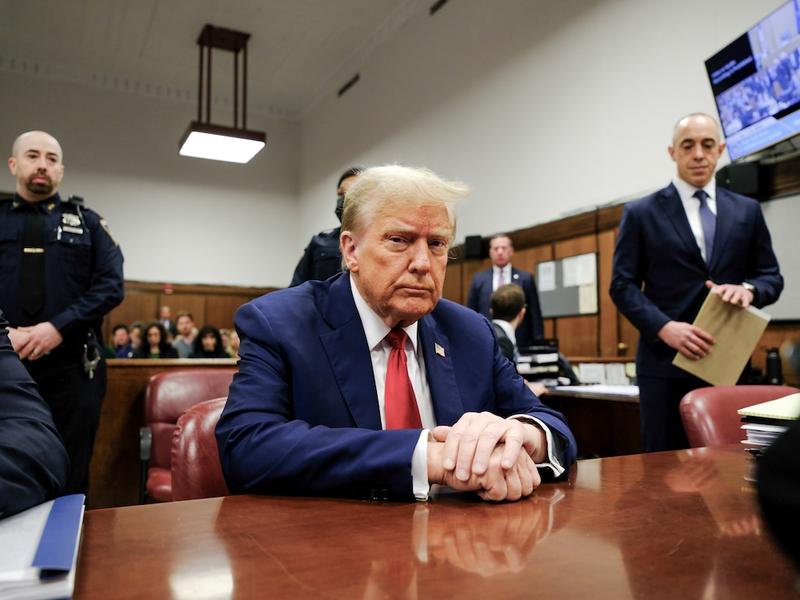
There are plenty of hazards in trying to predict who is going to win a presidential election five months away. There’s the chance of an unpredictable “Black Swan” event, and of course the normal ebbs and flows of any campaign.
At this moment, however, the contours of the race are becoming clear.
Douglas Schwartz, director of the Quinnipiac University poll, argues, “The conventional wisdom is that President Trump’s handling of the coronavirus pandemic has dragged him down in the polls. But we are finding that he is basically in the same place as he was before the coronavirus outbreak.
“His job approval rating and matchup numbers against Joe Biden are essentially unchanged. ... While his negative score for his handling of the response to the coronavirus is not helping his standing, there is no evidence that he is in worse shape in terms of his electoral fortunes than he was before the coronavirus pandemic.”
In the RealClearPolitics average of national polls, Trump’s lowest job-approval rating this year was 44 percent, which came on Wednesday. His highest, on April 1, was

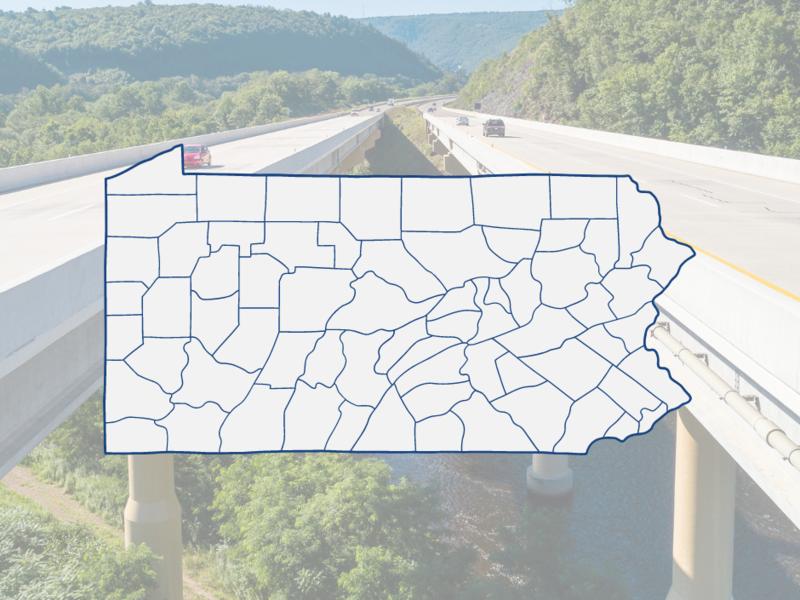



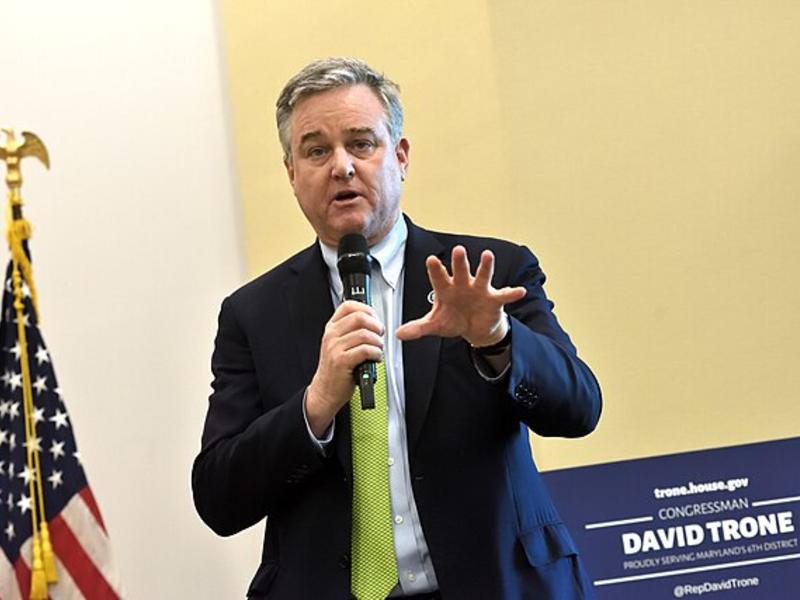

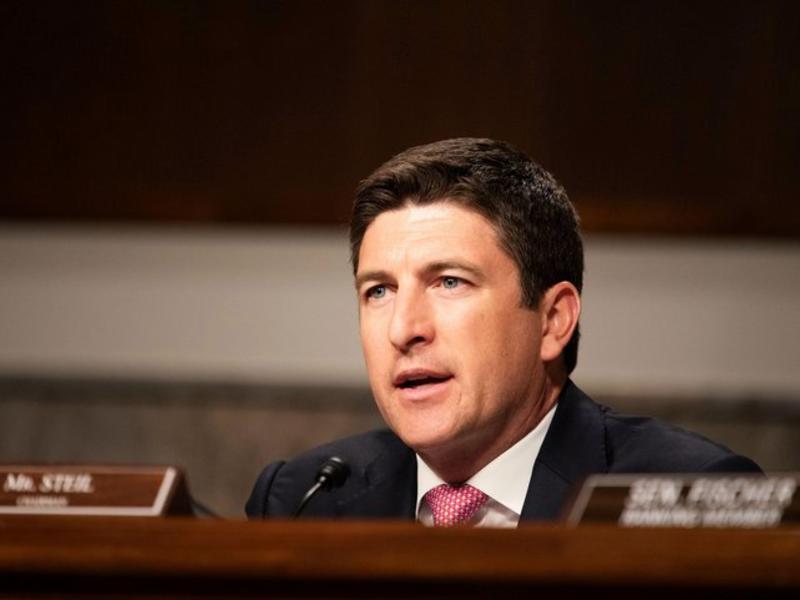
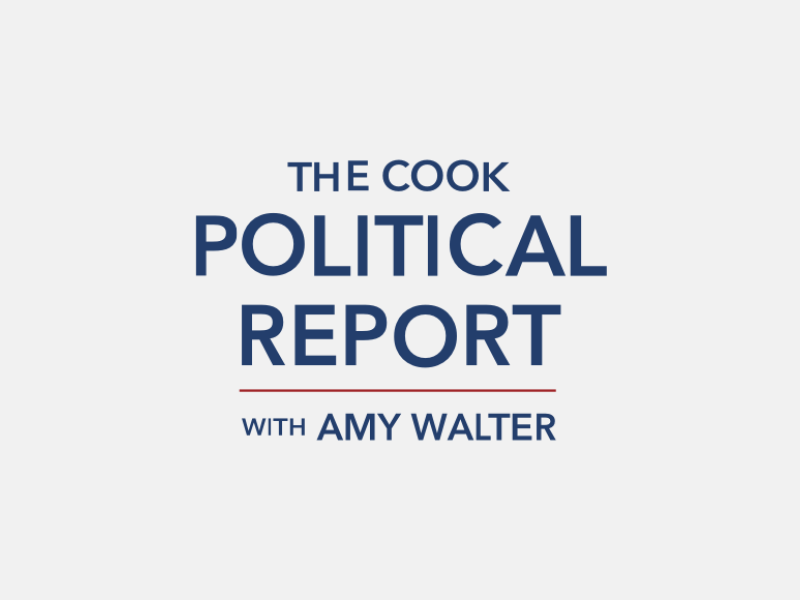

Subscribe Today
Our subscribers have first access to individual race pages for each House, Senate and Governors race, which will include race ratings (each race is rated on a seven-point scale) and a narrative analysis pertaining to that race.